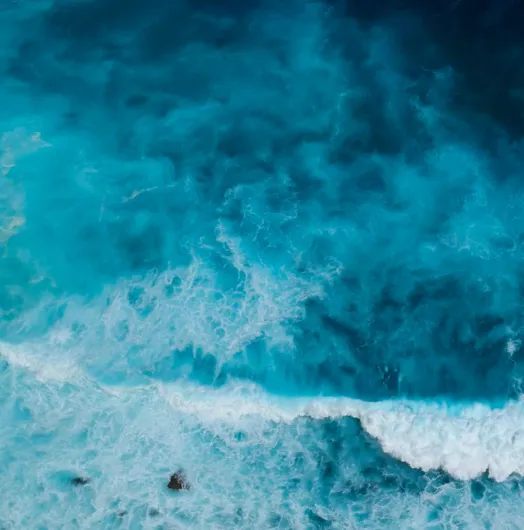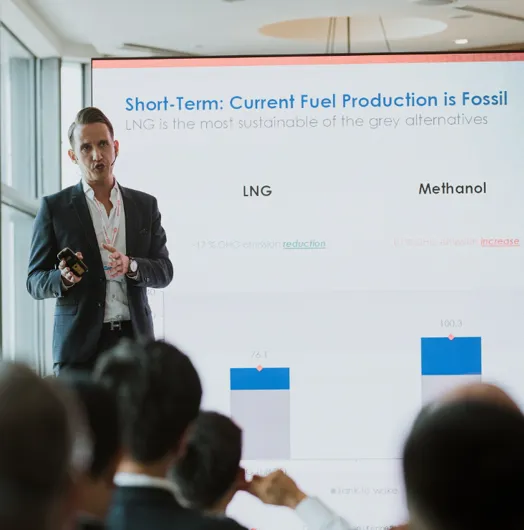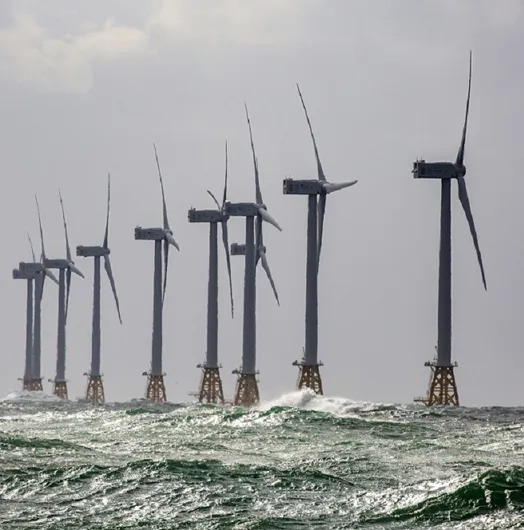
Green Technology Tracker: Record Investments in Alternative Fuel
Clarksons Research have today released their latest Green Technology Tracker, including full year 2024 data points, charting the progress of alternative fuel uptake and investments in energy saving technologies across the global shipping fleet.

How are brokers helping to drive the fuelling transition?
How are ship brokers helping to drive the fuelling transition?

South Korea Accelerates Offshore Wind Power
South Korea is making significant strides in developing its offshore wind energy sector. The country’s Ministry of Trade, Industry, and Energy (MOTIE) is launching key initiatives to bolster renewable energy capacity, including a public-led project and a comprehensive roadmap aimed at transforming offshore wind in South Korea. Additionally, a floating offshore wind project in Ulsan recently reached an important milestone. In this article, we look at some of the recent developments in South Korea’s offshore wind sector, which are giving the Clarksons Korea team a sense of real optimism.



